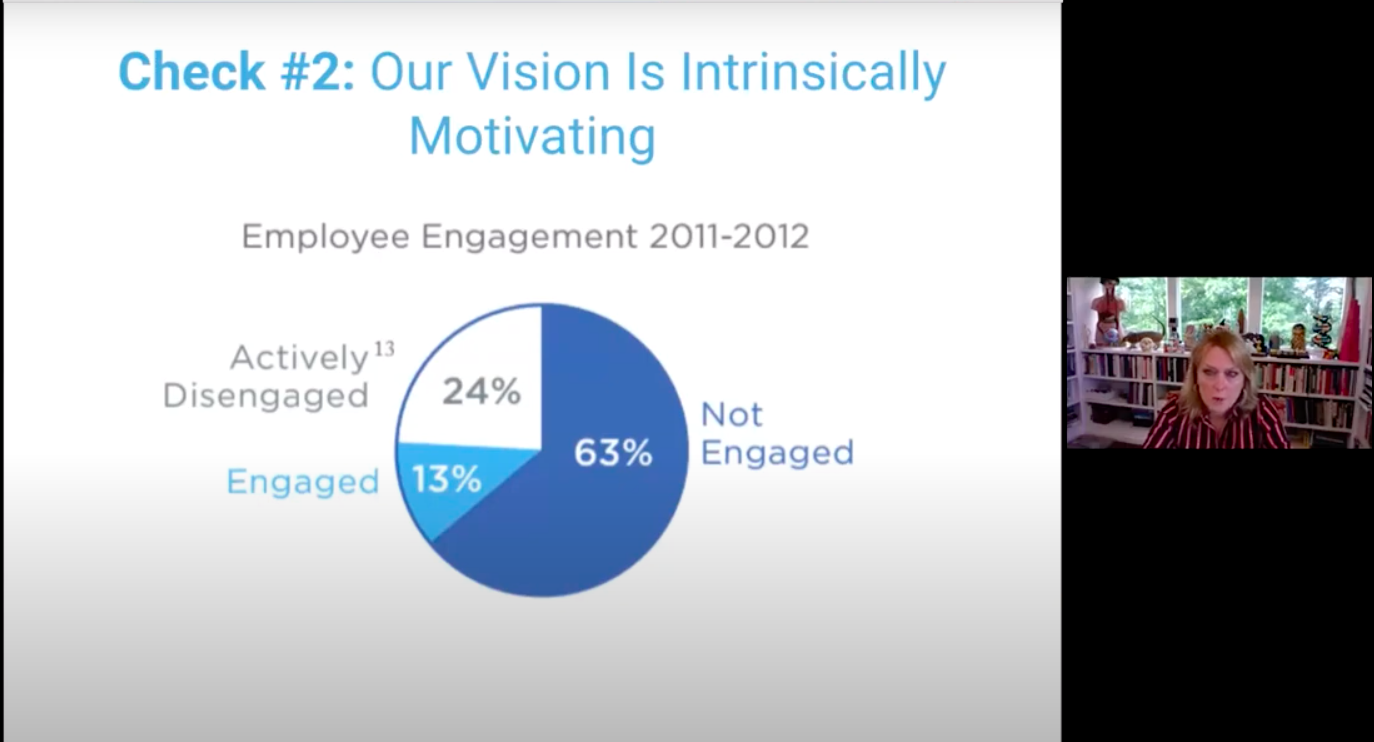Designing a Classroom Where Ithaca Students Can Learn Better and Longer
 Staff
·
4 minute read
Staff
·
4 minute read
- By Erin Barrett reporter@ithacatimes.com
- © Copyright 2020 Ithaca Times
- Original article
Ithaca City School District is leading the way in redesigning classrooms to align with pedagogical practices and a better understanding of the physical limitations of the traditional classroom. “Contemporary learning spaces” (CLS), such as Dewitt Middle School’s model classroom designed by Derek and Laura Cabrera, include new types of furniture, collaboration-fostering classroom spatial configuration, and hands-on approaches to teaching abstract concepts. ICSD’s Lee Ginenthal, with 38 years of experience in special education, teaches district teachers to utilize the tools of the CLS. Ginenthal explained why the old model of education “just doesn’t cut it anymore” and why he’s been getting calls from educators nation-wide about ICSD’s approach to classroom innovation.
Nearly every surface in the model classroom is writeable, including the walls and the desks. “Our mission is to engage students in their own learning, that moment when the student realizes they are their own teacher and the teacher of others,” said Ginenthal. “In this classroom there isn’t the big teacher desk where the authority sits or a front of the room where the teacher stands. The teacher doesn’t decorate this classroom. When the work on the wall is the kid’s thinking, they then become the teachers. They are sharing their thinking and leading each other in that way.”
The model classroom replaces traditional chairs with round-bottomed “buoy” chairs that build core strength, enable students to move, and reduce the physical strain of sitting in the same position for too long. “It’s not good for kids to sit too long, and it’s a distraction,” said Ginenthal. “When you’re sitting in something like a buoy chair your whole core has to be activated. For kids who have trouble sitting still it allows them some movement without being a distraction. Some folks will say ‘How do you sit in this all day long, period after period?’ But the idea is we shouldn’t have kids sitting all day long. I have this expression: the brain can only take in what the behind can endure. We weren’t built to sit all day.”
According to Ginenthal, the new classroom furniture comes at no additional budgetary cost to the district. “We’re hoping to have classrooms like this in each of the buildings in the district by next year. In terms of equipping the classroom, it’s not taking additional budget money because we have to periodically replace classroom furniture anyway; we’re just not replacing it with the traditional desks and chairs. All these things structurally support what we’re trying to do pedagogically; it’s the thinking behind the teaching.”
Ginenthal explained that he could teach teachers every new technique about how to differentiate education styles to meet kids needs but when they go back to a classroom with desks and chairs in rows and a blackboard at the front of the room, they tend to go back to the same old structure. “By changing the structure of the room we can change the behavior of the teachers and the behavior of the kids.”
“We’ve spent too much time in schools confusing knowledge with information,” said Ginenthal, “where kids are viewed as an empty vessel, and we’re pouring in the information, and they’re passive recipients. It’s only through thinking about information that we build knowledge.”
Furniture isn’t the only difference in the model classroom. Ginenthal teaches the use of “think blocks,” another Cabrera innovation, consisting of one large clear plastic cube containing smaller clear cubes that can be removed and are also writeable with a dry-erase marker. “Think blocks are a manipulative devise that allow kids to build ideas physically,” he said. “It allows students to think about their thinking using the DSRP model. D is for ‘distinctions:’ what is something, what is it not? Systems: what are the parts that make up this thing we’re talking about? Relationships: what are the relationships between the parts, and perspectives: what are the perspectives of the parts to the whole, the whole to the parts, one thing to another?”
Sixth-grade special education teacher Crystal Sessoms, who co-teaches math and English language arts, used the classroom and the think blocks to have her students write an essay on Percy Jackson: The Lighting Thief and Joseph Campbell’s “The Hero’s Journey.” “It was wonderful seeing the kids engaged in here, writing on the walls, exploring the chairs, they really enjoyed their time in the classroom,” said Sessoms. “We heard deeper discussion about the texts they were working with, and they were later able to look at their DSRP maps to help them write their essay.”
Tammy Parker, also a sixth-grade special education teacher, was amazed at the level of student engagement she saw when she brought the math class she co-teaches into the model classroom. “We had complete student engagement. We have a few kids who struggle to stay in the classroom, even when using technology in the classroom,” said Parker. “The two days we were in here we had complete student engagement to the point where we said it was like teaching a classroom of squirrels, but in a good way, because they were all really busy and active, and they enjoyed it.”
District teachers aren’t the only ones to take note of the contemporary learning spaces. “Folks are getting in touch with us from across the country as they hear about us,” said Ginenthal. “Someone in the communications lab at Cornell read about what we’re doing on Facebook, and she contacted me, and I found out they’re designing spaces for graduate students to work in that are just like this: writeable walls, writeable tables, and standing desks. We’re taking that stuff and making it accessible to kids from pre-k through 12.”
One final innovation of ICSD’s contemporary learning spaces: the approach to implementing educational change. “Typically education reform comes down from the top. We’re approaching it differently,” said Ginenthal. “We make training available, and we encourage folks to step up to the plate and become educational leaders. We provide the opportunity, and we know folks are in this profession because they care, and they want to make a difference in kid’s lives. When we provide the time and the support and the respect, they’ll step up to the plate, and folks will get on board.”
.png?width=150&height=150&name=CRL%20GOAT%20Logo%20(4).png)


